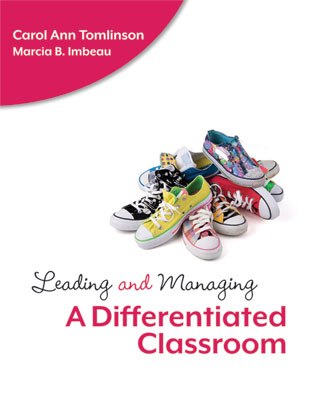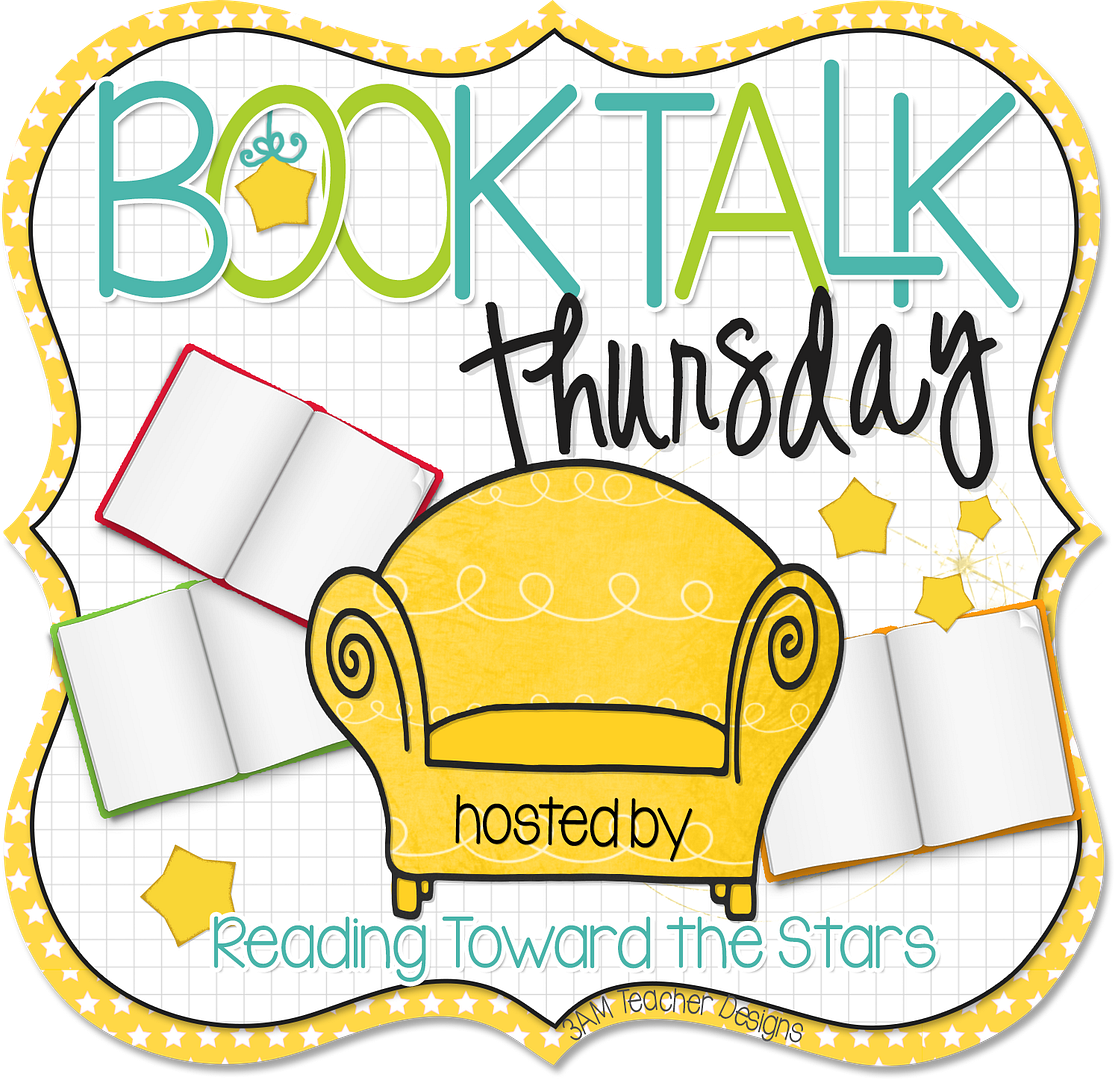Today I am linking up with *Reading Toward the Stars!* for Book Talk Thursday.
Those of you that have read my blog for a while know that my school is in a three year strategic plan to fully implement differentiated classrooms. Leading and Managing A Differentiated Classroom by Carol Ann Tomlinson has been a huge help to those of us in the school who are working to implement it.

The second section is all about managing a DI classroom. It talks about creating a classroom environment and establishing routines to have your DI classroom run smoothly. It gave more practical suggestions to use in your classroom which I found very helpful last year.
Creating a glyph about their strengths and favorites.
Playing the "I Wonder Who" Game
A Line 'Em Up game (which has students share things they are both an expert and a novice.)
Creating a Bar Graph of strength and weaknesses-I start the year with this activity.
You give the students an incomplete bar graph that is set up for ten bars. You prelabel the graph with the key subjects (Math, Reading, Writing, Spelling, Science, and Social Studies.) The students are then able to draw the bars for each subject-the larger the bar the better they are at a subject. I let them fill in the last few with anything they would like. Most students put in something they are good at like sports, music, art, cooking etc. I create my own graph and talk them through my reasoning so that they know to be honest-and that it is a safe place to be honest. We then sit together and talk through our graphs. Sharing what we notice. I use this time to talk about this saying:
Looking at the graphs helps the students understand that I shouldn't have students who have a "two" in spelling be doing the same list as those who rated themselves as a "ten" in spelling. Doing this activity does take a while-but it sets the groundwork for the rest of the year. I didn't have any students say "that isn't fair" this year-and I really think it is because of the bar graph activity.
What do you do to establish a caring classroom community each year?
Don't forget:
Follow my blog with Bloglovin



No comments:
Post a Comment